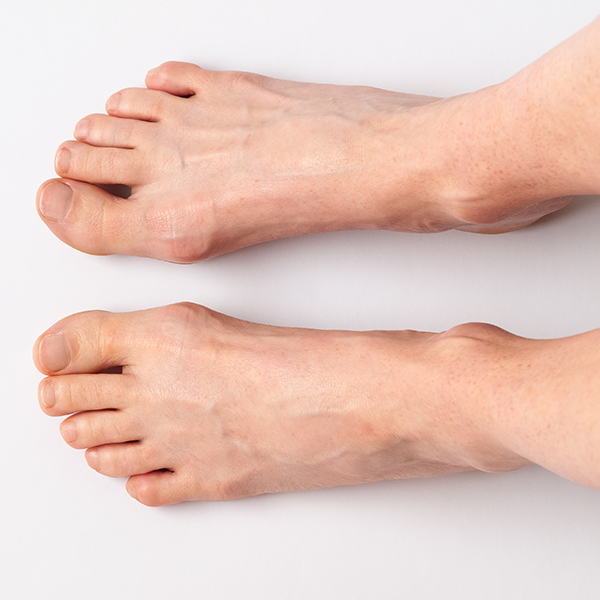Fungal Toenails
Toenail fungus isn’t only embarrassing, but it can lead to a variety of health complications when left untreated. Microscopic fungal organisms overtake the nail, often causing an unpleasant smell and a change in the color of the toenail. This fungal infection can spread to other nails on the feet and hands, and also affect the surrounding skin.
What Causes Toenail Fungus?
Microscopic organisms are everywhere, and your nails can become infected when they come in contact with certain surfaces. Fungus thrives in wet, damp, warm areas. The most common cause of foot fungal infections is walking around in public places where the fungus is spread from other people: swimming pools, showers, locker rooms, etc. It is also common for people to get toenail infections when pedicures or nail work are completed with unsanitized tools.
When someone suffers from a chronic disease, such as autoimmune diseases, diabetes, or circulatory issues, they have a higher risk of contracting a toenail fungus. Also, injury to the nail bed can increase a person’s risk since the nail is more susceptible to infection.
Symptoms and Treatment for Fungal Toenails
In most situations, toenail fungus can be diagnosed with a visual examination. Fungal toenails display a variety of symptoms:
- Brittle nails
- Discolored nails
- Nails that are painful or tender
- Chalky surface on the nail
- Yellow streaks or white marks on the nail
- Thick, hard nail texture
- Debris building up under the nailbed
When you talk to a Denver podiatrist, a diagnosis will be determined along with a recommended treatment plan. Typically, conservative, nonsurgical treatments are used first:
- Topical antifungal medication
- Oral antifungal medication
- Daily nail care
- Medicated cream or nail polish
These medications are easy to use and effective in many cases. It is important to be proactive in preventing recurrence of the infection in the future. Keep in mind that these treatments are most effective when the infection is diagnosed and treated in the early stages. As the infection progresses, it might be necessary to use surgical methods for treatment, such as temporary or permanent removal of the nail. Laser treatment can sometimes be an option since the laser is strong enough to penetrate to the underlying portions of the nail.
Don’t Delay Treatment
When fungal toenails are ignored, the infection can spread quickly. The toenails grow thick and are difficult to trim, and eventually, they will become painful. In severe situations, toenail fungus can make it difficult to walk when wearing shoes due to the rubbing of the nail on the shoe. Sometimes, a fungal infection is accompanied by a secondary infection of either yeast or bacteria.
For more information about fungal toenails and other foot diseases, we invite you to contact our office any time. Rock Canyon Foot and Ankle is here to answer your questions and help with the right treatment plan. Contact us for a consultation with an experienced podiatrist in Denver.











